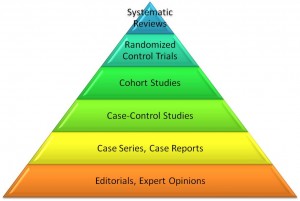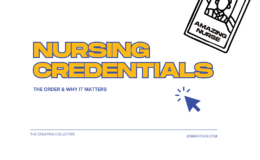The Article: Paskett, E., Harrop, P., & Wells, K. (2011). Patient navigation: An update on the state of the science. CA: A Cancer Journal for Clinicians, 61(4): 237-249.
Big Idea: Patient navigation has been around for over 20 years now. This literature review focuses on 33 patient navigation research articles published since 2008, which is when researchers published the last patient navigation literature review.
SurveySays!: We have quite a bit of studies about patient navigation improving patient outcomes through the screening and diagnostic components of the continuum of care. However, the research clearly showing navigation improves patient outcomes throughout active treatment and into and beyond survivorship is still terribly lagging.
Quotable: “Patient navigation is a ‘‘barrier-focused intervention that has the following common characteristics: (1) Patient navigation is provided to individual patients for a defined episode of cancer-related care (eg, evaluating an abnormal screening test); (2) Although tracking patients over time is emphasized, patient navigation has a definite endpoint when the services provided are complete (eg, the patient achieves diagnostic resolution after a screening abnormality); (3) Patient navigation targets a defined set of health services that are required to complete an episode of cancer-related care; (4) Patient navigation services focus on the identification of individual patient-level barriers to accessing cancer care; and (5) Patient navigation aims to reduce delays in accessing the continuum of cancer care services, with an emphasis on timeliness of diagnosis and treatment and a reduction in the number of patients lost to follow-up [reference]” (p. 237).
“The 3 most common barriers on which patient navigators spent their time were related to: (1) insurance and out-of-pocket expenses; (2) transportation issues; and (3) helping to manage the feelings and fears associated with cancer. The most time-consuming barrier reported was financial concerns” (p. 245).
So What?: With 101 references, this article is a mother-load of navigation research. If you need to start learning about navigation, read this article first! It provides a nice historical overview as well as specifics of the 33 articles included in the literature review. Patient navigation is happening all across the continuum of care all around the world now. We need nurses and others to publish, publish, publish findings to grow the knowledge base for this growing area. Either navigation works and improves patient outcomes during active treatment and survivorship and we research it and publish it, or it doesn’t and we stop what we’re doing. We need the evidence for our practices.






